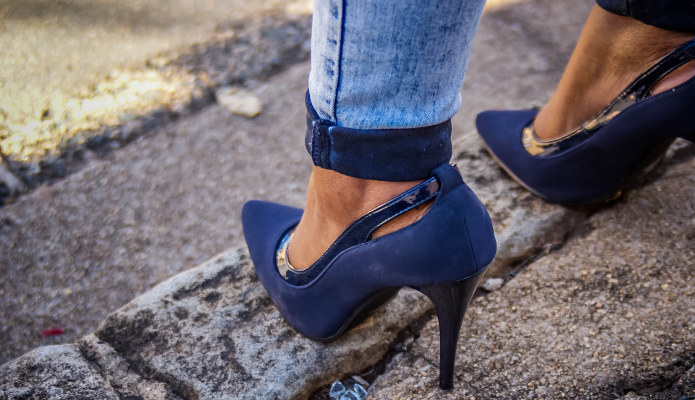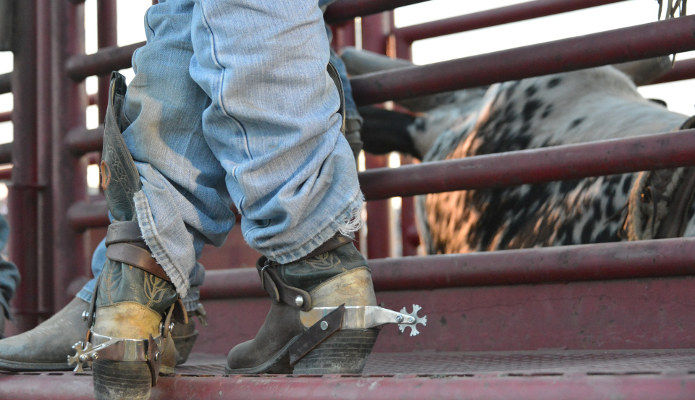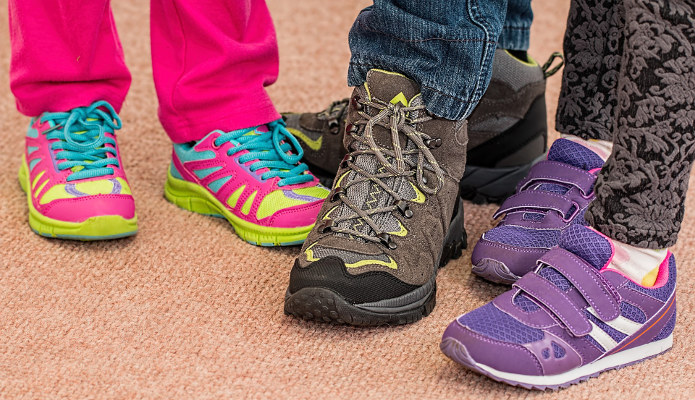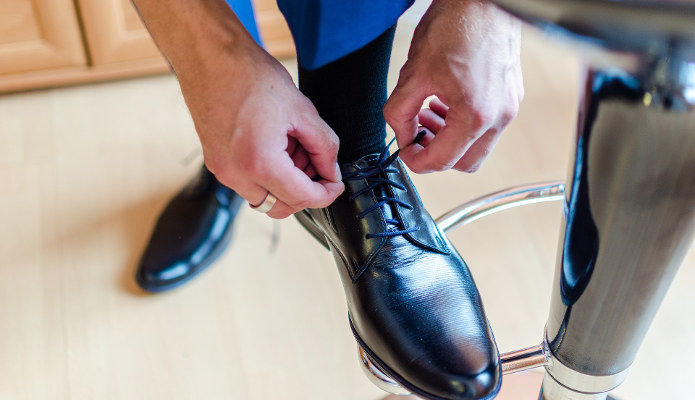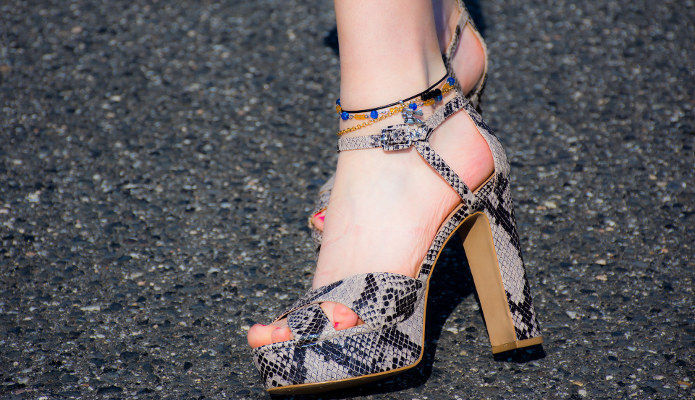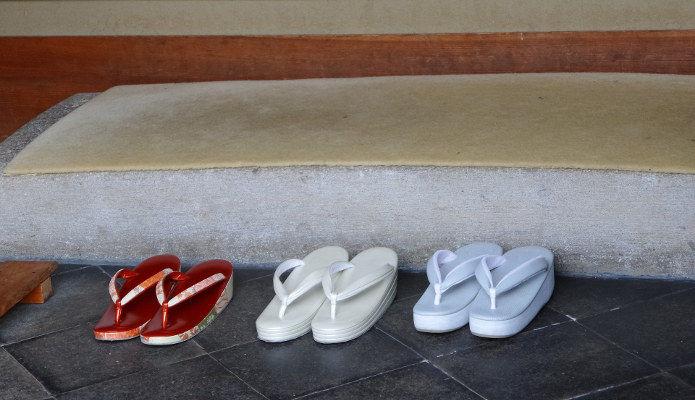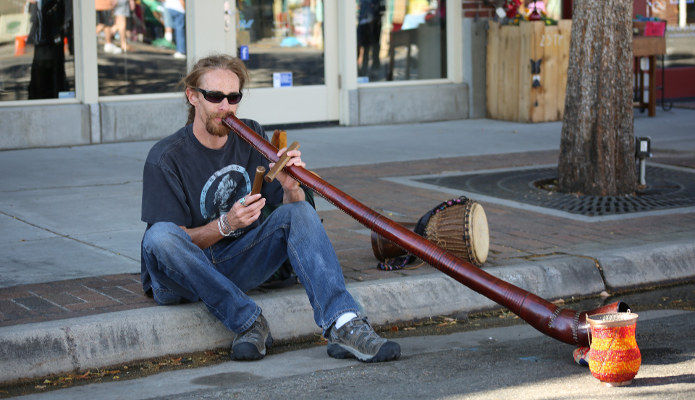American Shoe Sizes
Ladies' Shoe Size Table
| US & Can | 4 | 4½ | 5 | 5½ | 6 | 6½ | 7 | 7½ | 8 | 8½ | 9 | 9½ | 10 | 10½ | 11 | 11½ | 12 | 12½ |
| European | 35 | 35 | 36 | 36 | 37 | 38 | 38 | 39 | 40 | 40 | 41 | 41 | 42 | 43 | 43 | 44 | 45 | 45 |
| UK | 2 | 2½ | 3 | 3½ | 4 | 4½ | 5 | 5½ | 6 | 6½ | 7 | 7½ | 8 | 8½ | 9 | 9½ | 10 | 10½ |
| Australia | 4 | 4½ | 5 | 5½ | 6 | 6½ | 7 | 7½ | 8 | 8½ | 9 | 9½ | 10 | 10½ | 11 | 11½ | 12 | 12½ |
| Japan | 22 | 22.5 | 23 | 23.5 | 23.5 | 24 | 24.5 | 25 | 25.5 | 26 | 26 | 26.5 | 27 | 27.5 | 28 | 28.5 | 29 | 29 |
| Mondopoint | 220 | 225 | 230 | 235 | 235 | 240 | 245 | 250 | 255 | 260 | 260 | 265 | 270 | 275 | 280 | 285 | 290 | 290 |
| US | Eur | UK | Aus | Jap | Mon |
| 4 | 35 | 2 | 4 | 22 | 220 |
| 4½ | 35 | 2½ | 4½ | 22.5 | 225 |
| 5 | 36 | 3 | 5 | 23 | 230 |
| 5½ | 36 | 3½ | 5½ | 23.5 | 235 |
| 6 | 37 | 4 | 6 | 23.5 | 235 |
| 6½ | 38 | 4½ | 6½ | 24 | 240 |
| 7 | 38 | 5 | 7 | 24.5 | 245 |
| 7½ | 39 | 5½ | 7½ | 25 | 250 |
| 8 | 40 | 6 | 8 | 25.5 | 255 |
| 8½ | 40 | 6½ | 8½ | 26 | 260 |
| 9 | 41 | 7 | 9 | 26 | 260 |
| 9½ | 41 | 7½ | 9½ | 26.5 | 265 |
| 10 | 42 | 8 | 10 | 27 | 270 |
| 10½ | 43 | 8½ | 10½ | 27.5 | 275 |
| 11 | 43 | 9 | 11 | 28 | 280 |
| 11½ | 44 | 9½ | 11½ | 28.5 | 285 |
| 12 | 45 | 10 | 12 | 29 | 290 |
| 12½ | 45 | 10½ | 12½ | 29 | 290 |
The table above uses most common American ladies' shoe sizes as its base and gives conversions to other sizes that are correct for the top of the size, so if you are only just into a size you may need the size below that given here.
The common US ladies' shoe sizes are based on US mens sizes, ladies' sizes are mens size plus 1½, thus a ladies' size 8½ is the same length as a men's size 7.
There is an alternative, less popular system, called the "standard" or Footwear Industries of America (FIA) scale in which the ladies' size is the men's size plus one. In this scale a ladies' sizes 8½ is the same length as the men's size 7½
Men's Shoe Size Table
| US/Can | 3½ | 4 | 4½ | 5 | 5½ | 6 | 6½ | 7 | 7½ | 8 | 8½ | 9 | 9½ | 10 | 10½ | 11 | 11½ | 12 | 12½ | 13 |
| Euro | 35 | 36 | 36 | 37 | 38 | 38 | 39 | 40 | 40 | 41 | 42 | 42 | 43 | 43 | 44 | 45 | 45 | 46 | 47 | 47 |
| UK | 2½ | 3 | 3½ | 4 | 4½ | 5 | 5½ | 6 | 6½ | 7 | 7½ | 8 | 8½ | 9 | 9½ | 10 | 10½ | 11 | 11½ | 12 |
| Aus | 2½ | 3 | 3½ | 4 | 4½ | 5 | 5½ | 6 | 6½ | 7 | 7½ | 8 | 8½ | 9 | 9½ | 10 | 10½ | 11 | 11½ | 12 |
| Japan | 22.5 | 23 | 23.5 | 23.5 | 24 | 24.5 | 25 | 25.5 | 26 | 26 | 26.5 | 27 | 27.5 | 28 | 28.5 | 29 | 29 | 29.5 | 30 | 30.5 |
| Mondo | 225 | 230 | 235 | 235 | 240 | 245 | 250 | 255 | 260 | 260 | 265 | 270 | 275 | 280 | 285 | 290 | 290 | 295 | 300 | 305 |
| US | Eur | UK | Aus | Jap | Mon |
| 3½ | 35 | 2½ | 2½ | 22.5 | 225 |
| 4 | 36 | 3 | 3 | 23 | 230 |
| 4½ | 36 | 3½ | 3½ | 23.5 | 235 |
| 5 | 37 | 4 | 4 | 23.5 | 235 |
| 5½ | 38 | 4½ | 4½ | 24 | 240 |
| 6 | 38 | 5 | 5 | 24.5 | 245 |
| 6½ | 39 | 5½ | 5½ | 25 | 250 |
| 7 | 40 | 6 | 6 | 25.5 | 255 |
| 7½ | 40 | 6½ | 6½ | 26 | 260 |
| 8 | 41 | 7 | 7 | 26 | 260 |
| 8½ | 42 | 7½ | 7½ | 26.5 | 265 |
| 9 | 42 | 8 | 8 | 27 | 270 |
| 9½ | 43 | 8½ | 8½ | 27.5 | 275 |
| 10 | 43 | 9 | 9 | 28 | 280 |
| 10½ | 44 | 9½ | 9½ | 28.5 | 285 |
| 11 | 45 | 10 | 10 | 29 | 290 |
| 11½ | 45 | 10½ | 10½ | 29 | 290 |
| 12 | 46 | 11 | 11 | 29.5 | 295 |
| 12½ | 47 | 11½ | 11½ | 30 | 300 |
| 13 | 47 | 12 | 12 | 30.5 | 305 |
The table above uses American shoe sizes as its base and gives conversions to other sizes that are correct for the top of the size, so if you are only just into a size you may need the size below that given here.
US men's shoe sizes are based on a fixed scale, originating from the middle ages and updated in the 19th century.
Boy's & Girl's Shoe Size Table
| US & Can | 6 | 6½ | 7 | 7½ | 8 | 8½ | 9 | 9½ | 10 | 10½ | 11 | 11½ | 12 | 12½ | 13 |
| European | 23 | 23 | 24 | 25 | 25 | 26 | 27 | 27 | 28 | 28 | 29 | 30 | 30 | 31 | 32 |
| UK | 6 | 6½ | 7 | 7½ | 8 | 8½ | 9 | 9½ | 10 | 10½ | 11 | 11½ | 12 | 12½ | 13 |
| Australia | 6 | 6½ | 7 | 7½ | 8 | 8½ | 9 | 9½ | 10 | 10½ | 11 | 11½ | 12 | 12½ | 13 |
| Japan | 14 | 14.5 | 15 | 15.5 | 16 | 16 | 16.5 | 17 | 17.5 | 18 | 18.5 | 19 | 19 | 19.5 | 20 |
| Mondopoint | 140 | 145 | 150 | 155 | 160 | 160 | 165 | 170 | 175 | 180 | 185 | 190 | 190 | 195 | 200 |
| US & Can | Eur | UK | Aus | Jap | Mon |
| 6 | 23 | 6 | 6 | 14 | 140 |
| 6½ | 23 | 6½ | 6½ | 14.5 | 145 |
| 7 | 24 | 7 | 7 | 15 | 150 |
| 7½ | 25 | 7½ | 7½ | 15.5 | 155 |
| 8 | 25 | 8 | 8 | 16 | 160 |
| 8½ | 26 | 8½ | 8½ | 16 | 160 |
| 9 | 27 | 9 | 9 | 16.5 | 165 |
| 9½ | 27 | 9½ | 9½ | 17 | 170 |
| 10 | 28 | 10 | 10 | 17.5 | 175 |
| 10½ | 28 | 10½ | 10½ | 18 | 180 |
| 11 | 29 | 11 | 11 | 18.5 | 185 |
| 11½ | 30 | 11½ | 11½ | 19 | 190 |
| 12 | 30 | 12 | 12 | 19 | 190 |
| 12½ | 31 | 12½ | 12½ | 19.5 | 195 |
| 13 | 32 | 13 | 13 | 20 | 200 |
The table above uses American children's shoe sizes as its base and gives conversions to other sizes that are correct for the top of the size, so if you are only just into a size you may need the size below that given here.
American Edwin Simpson developed a new sizing system in 1880 and it is still being used today. Simpson's system is based on a 1/3 inch difference between whole sizes and 1/6 inch difference in half sizes. His system measures the length, waist, ball width, heel and instep and those measurements are used to make shoes lasts, which are the templates that give the shoe its form.
Shoe sizing was a "do your own thing" system until King Edward II came up with an official system using barleycorns as measuring tools, in 1374. Three barleycorns equaled an inch, so a British shoe sizing system was established where each barleycorn or a 1/3" would represent a shoe size. American Edwin Simpson developed a new sizing system in 1880 and it is still being used today. Simpson's system is based on a 1/3 inch difference between whole sizes and 1/6 inch difference in half sizes. His system measures the length, waist, ball width, heel and instep and those measurements are used to make shoes lasts, which are the templates that give the shoe its form.
The system is based on these proportional measurements, so each time the length increases the other measurements increase as well. Every size has a corresponding last. Left and right lasts were developed a few years before Simpson's system, so once the proportional measuring system was incorporated in the shoe factories around Boston, there was no need to use the English system.
Shoe lasts are designed so shoes fit all feet, although the sizing system is not an exact science due to the variations in the human anatomy and different shoe styles. Shoe lasts are designed for a particular toe shape as well as heel height so different styles fit differently based on the foot shape, as well as the style. The actually numbers used to denote sizes are still based on the barleycorn system. A size 9 shoe is not 9 inches long, the 9 stands for 9 barleycorns. Letters are used to denote the width size. "D" is considered medium width or the standard width of most feet and E, EE and EEE are considered wide widths. C, B, A, AAA are narrow widths. EEE is the widest and AAA the narrowest.
Today's shoe factories manufacturer shoes that are 95% D width; wide widths and narrow sizes are considered specialty sizes. They are more expensive to produce because of the equipment cost. A typical American shoe size run would start at size 5 or 6 in men's and continue through size 13 including half sizes except for 12-1/2. Women's sizes also start at a 5 or 6 and continue through size 10 or 11 with half sizes except for 9-1/2 or 10-1/2 depending on the size run. Feet sizes have increased over the years, but large sizes are still made-to-order items. Children's shoes have four different size runs which are: pre-walker, infant, youth and misses. Athletic shoes use a sizing system based on millimeters not barleycorns, so there is a difference in fit.
The sizing system in England is one size different than the American system in width as well as length. The English system starts at 0 and the American system starts at 1. The American shoe sizing system is used to produce shoes for the U.S and Puerto Rico, parts of Asia and Africa, the Caribbean Islands and sometimes for Canada.

